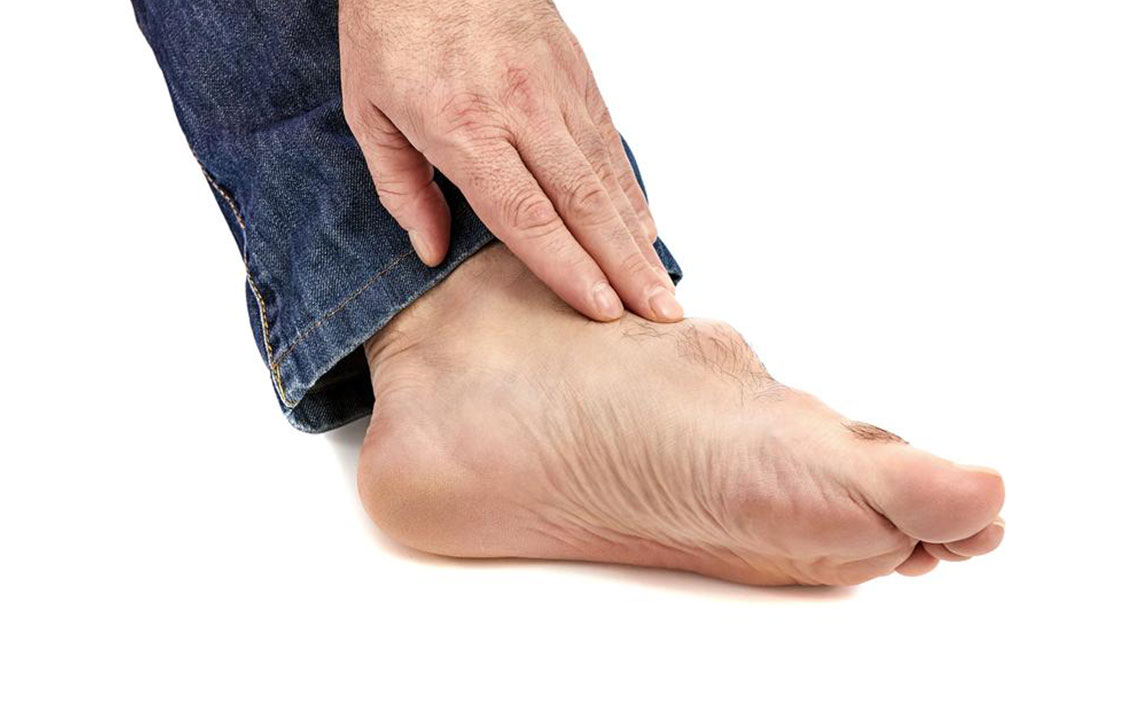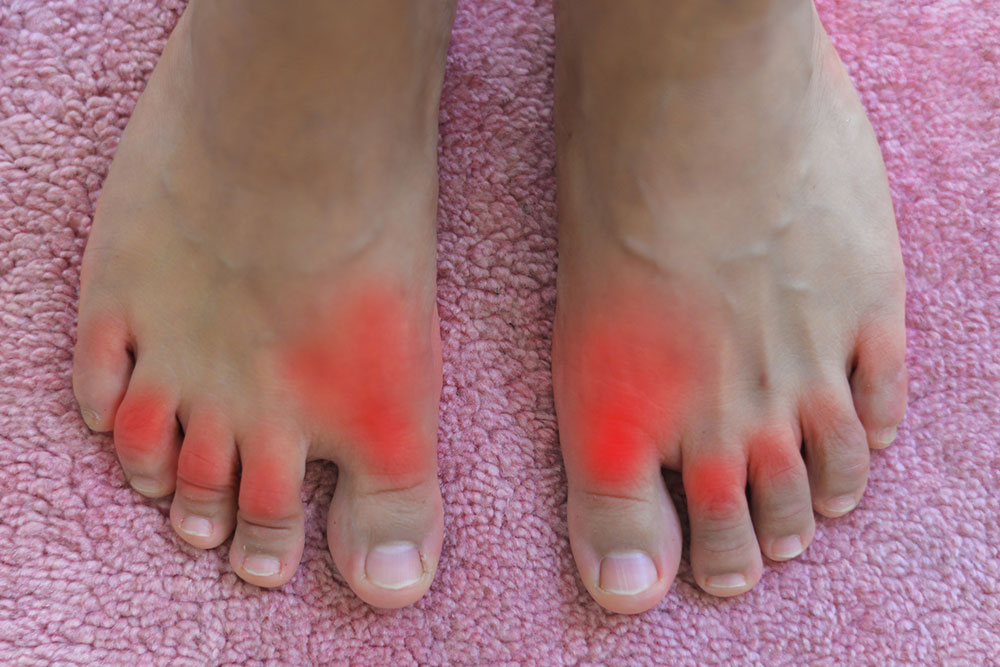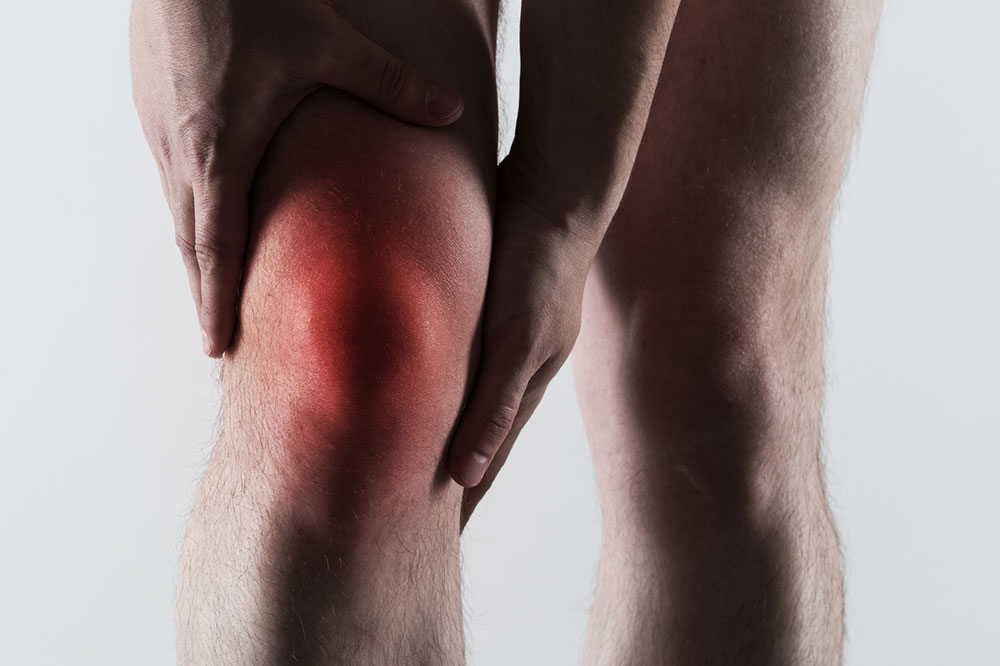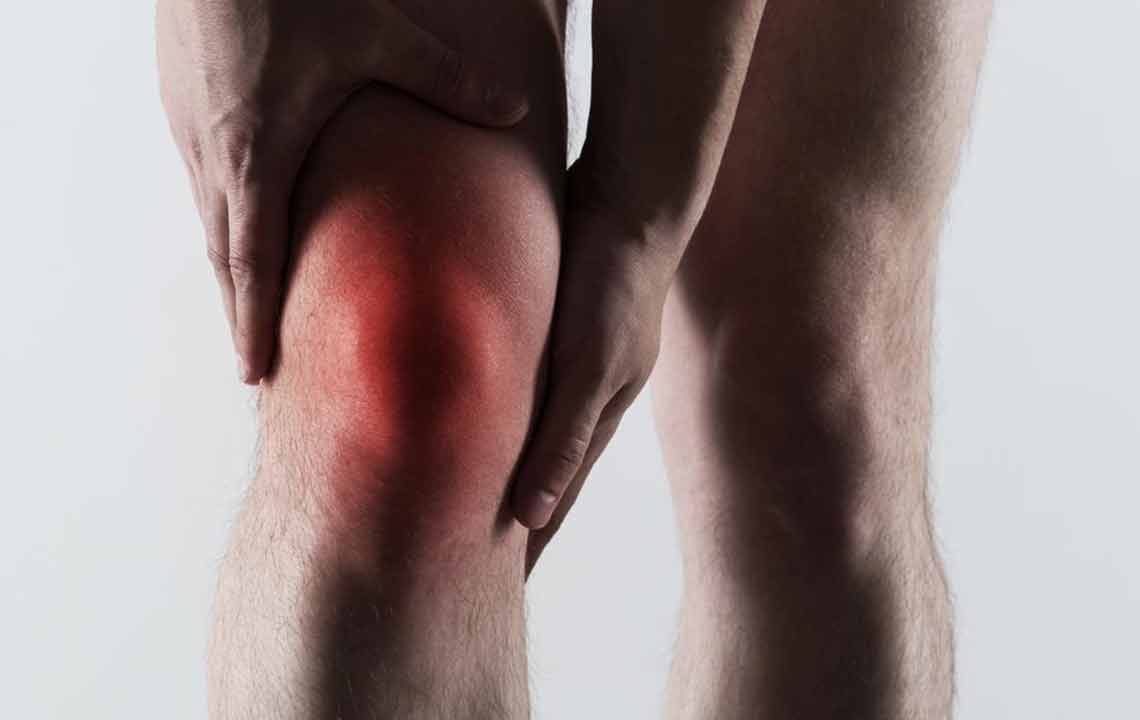Comprehensive Guide to Managing Gout: Symptoms, Causes, and Effective Treatment Strategies
This comprehensive guide on gout covers its symptoms, causes, diagnosis, and effective treatments. Learn how lifestyle changes and medications can help manage this painful condition and prevent long-term joint damage. Discover the importance of early detection and tailored treatment strategies to improve quality of life.

Comprehensive Guide to Managing Gout: Symptoms, Causes, and Effective Treatment Strategies
Gout is a complex form of inflammatory arthritis that affects many individuals worldwide. Characterized by sudden, severe pain in the joints, gout is a condition that can significantly diminish quality of life if not properly managed. Understanding the underlying mechanisms, symptoms, risk factors, and treatment options is crucial for effective management and prevention of flare-ups. This detailed guide provides an in-depth look at gout, highlighting how to recognize symptoms, identify causes, and implement both medical and lifestyle interventions to control this painful condition.
Understanding Gout and Its Symptoms
Sudden and Intense Joint Pain: Gout attacks usually come on abruptly and are extremely painful. The pain tends to peak within a few hours and may persist for days before gradually subsiding. The intensity of the pain often catches patients off guard, making early recognition vital.
Swelling and Inflammation: The affected joint becomes swollen, tender, and warm to the touch. The swelling may cause the joint to appear visibly enlarged, often accompanied by redness that signifies inflammation.
Redness and Warmth: The skin over the affected joint often appears red and feels warm due to the inflammatory response triggered by urate crystal deposits.
Persistent Discomfort: Even after the acute attack subsides, some residual discomfort or intermittent mild joint pain can continue, indicating ongoing inflammation or joint damage.
Potential for Joint Damage: Without proper treatment, repeated gout attacks can lead to chronic joint damage, deformities, and decreased mobility, emphasizing the importance of early and consistent management.
Gout occurs due to the abnormal accumulation of urate crystals within the joints, which results from elevated levels of uric acid in the bloodstream. Uric acid is a waste product generated when the body breaks down purines—compounds found in many foods and drinks.
Under normal circumstances, the kidneys efficiently eliminate excess uric acid via urine. However, various factors can impair this process, leading to high uric acid levels (known as hyperuricemia). When uric acid exceeds the solubility limit, it crystallizes and deposits in the joints and surrounding tissues, provoking the intense inflammatory response characteristic of gout.
Multiple factors can contribute to increased uric acid levels, including genetic predispositions, lifestyle choices, and certain health conditions. Obesity is a major risk factor because excess body weight can increase uric acid production. Diets high in purine-rich foods such as organ meats, shellfish, certain fish, and alcohol—particularly beer—are well-documented triggers. Medical conditions like hypertension, diabetes, cardiovascular disease, and chronic kidney disease also influence uric acid metabolism. Other triggers encompass joint injuries, dehydration, psychological stress, menopause in women, and specific medications such as diuretics or low-dose aspirin.
To diagnose gout, healthcare professionals rely on a combination of methods. A physical examination reveals signs of inflammation, tenderness, and joint swelling. Medical history provides context regarding attack frequency and precipitating factors. Laboratory blood tests measure uric acid levels; however, elevated levels alone do not confirm gout, as some individuals with high uric acid may never develop symptoms. More definitive diagnosis involves extracting joint fluid under a microscope to identify monosodium urate crystals. Imaging techniques such as X-rays, ultrasound, CT scans, or MRI can reveal joint damage or presence of urate deposits—tophi—particularly in chronic gout cases.
While acute attacks can be swiftly alleviated with medications, long-term management revolves around lifestyle modifications. Dietary adjustments, weight control, and sufficient hydration markedly decrease attack frequency and severity. Pharmacological treatments aim to reduce pain during flare-ups and prevent future attacks by controlling uric acid levels. Non-steroidal anti-inflammatory drugs (NSAIDs), corticosteroids, and colchicine are commonly prescribed for immediate relief. For ongoing control, medications such as allopurinol, febuxostat, or uricosuric agents are used to inhibit uric acid production or boost its excretion. Nevertheless, these medications can have side effects, including gastrointestinal issues, kidney stones, and allergic reactions, making medical supervision critical.
Effective long-term management involves patient education on avoiding known triggers and adopting a healthful lifestyle. Maintaining a healthy weight, limiting intake of purine-rich foods and alcohol, staying well-hydrated, and managing comorbidities such as hypertension or diabetes are vital strategies. Regular medical check-ups and blood tests help monitor uric acid levels and evaluate treatment efficacy. With a comprehensive approach, individuals can successfully control gout, reduce the frequency of attacks, and preserve joint function, thereby significantly enhancing their overall quality of life.





